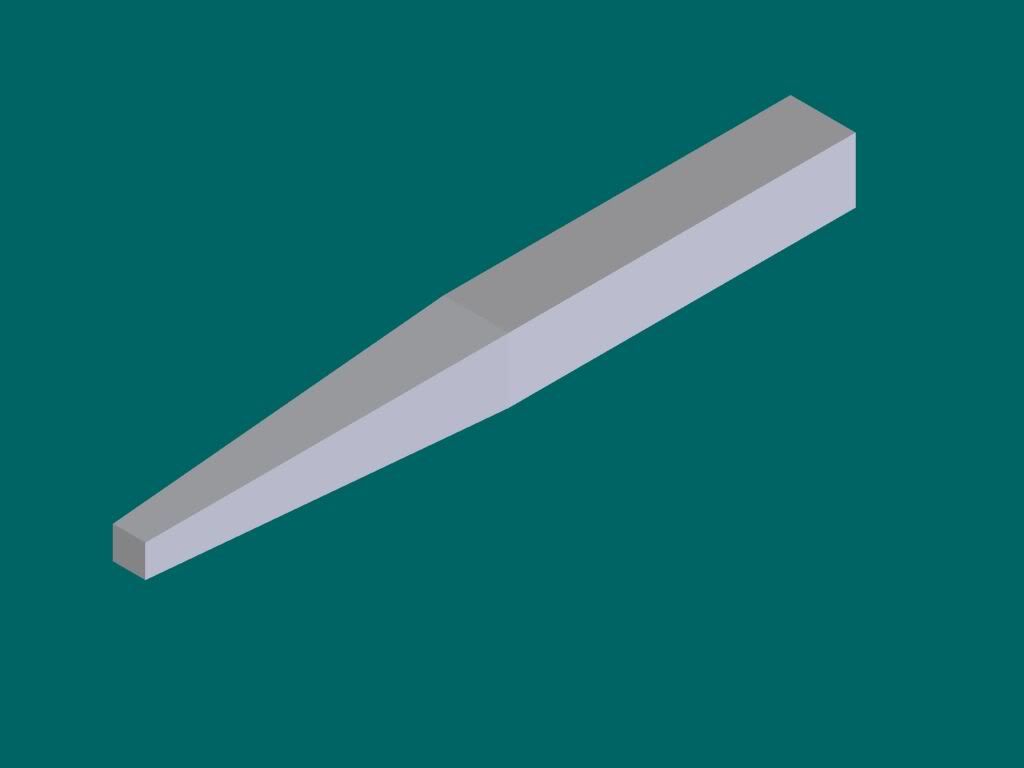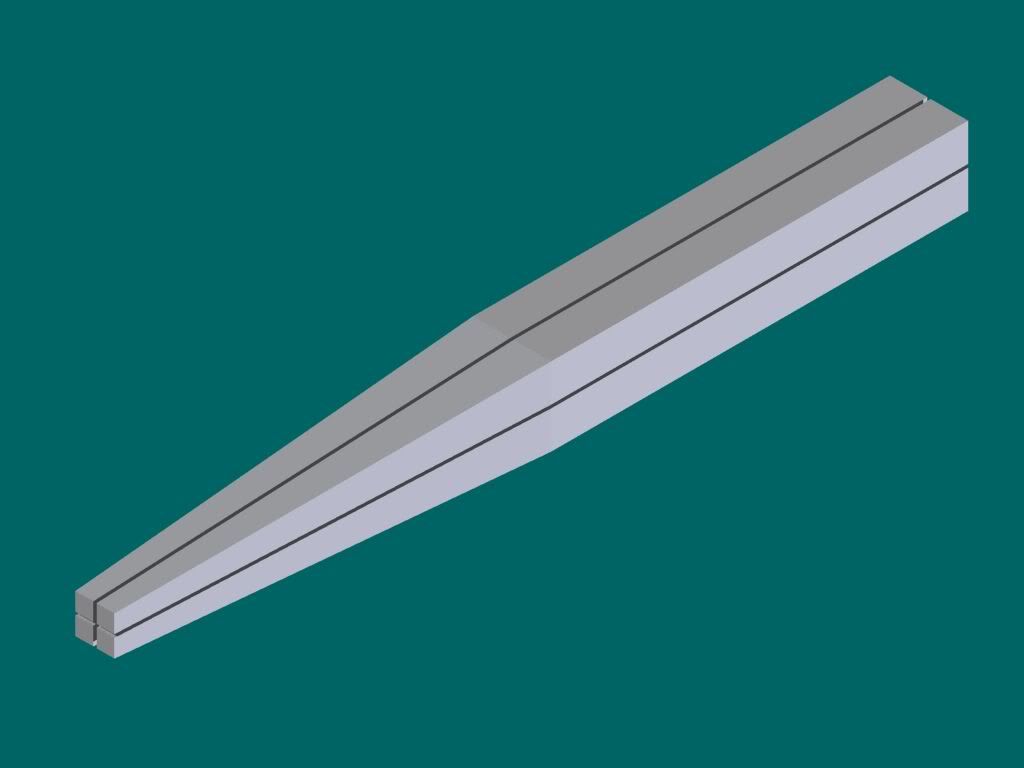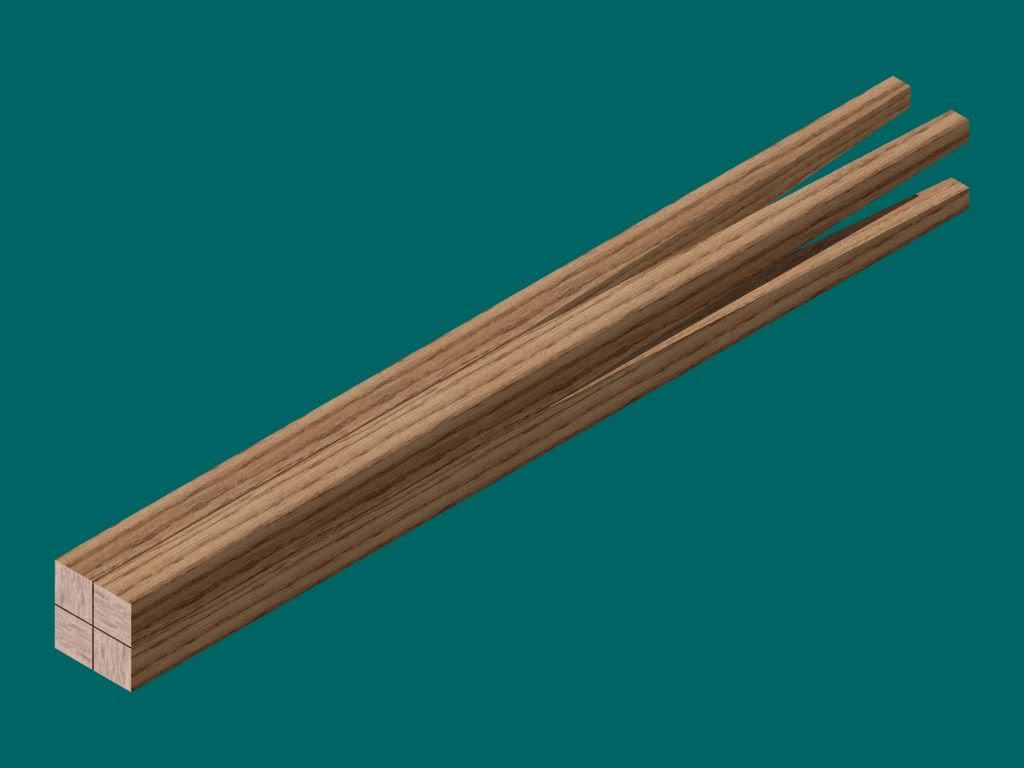Radial arms and table saws can be used to cut the forearms of a fullsplice. Bandsaws for the butt. So two jigs would be needed if you wanted to do it this way. One for the table saw or arm saw and another for the bandsaw. No oil and water...just another way to get it done.
Mark Bear
Hi Mark. Thanks for the correction.
Kelly




